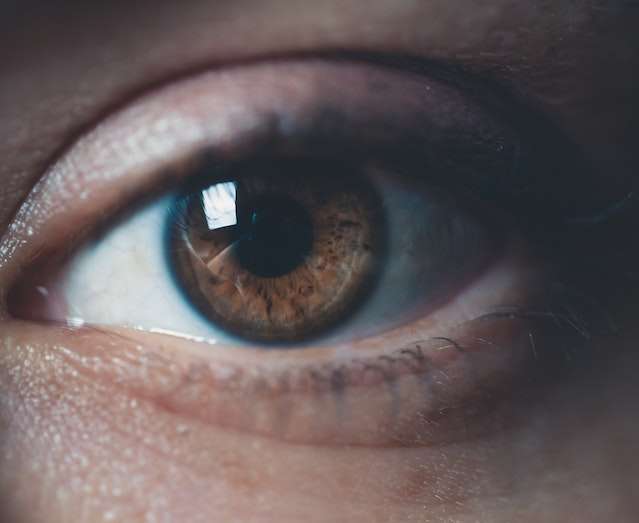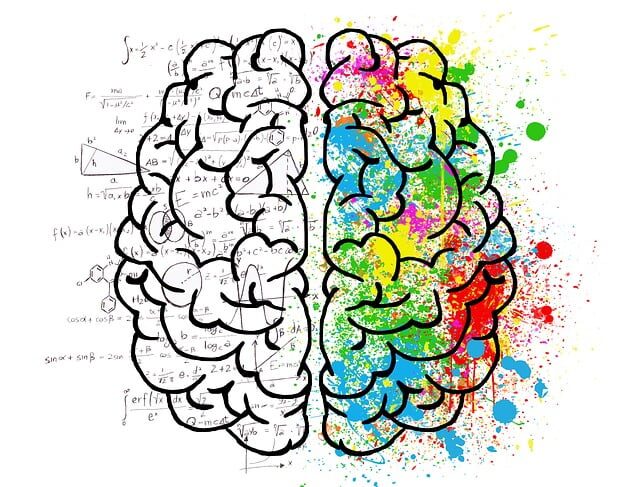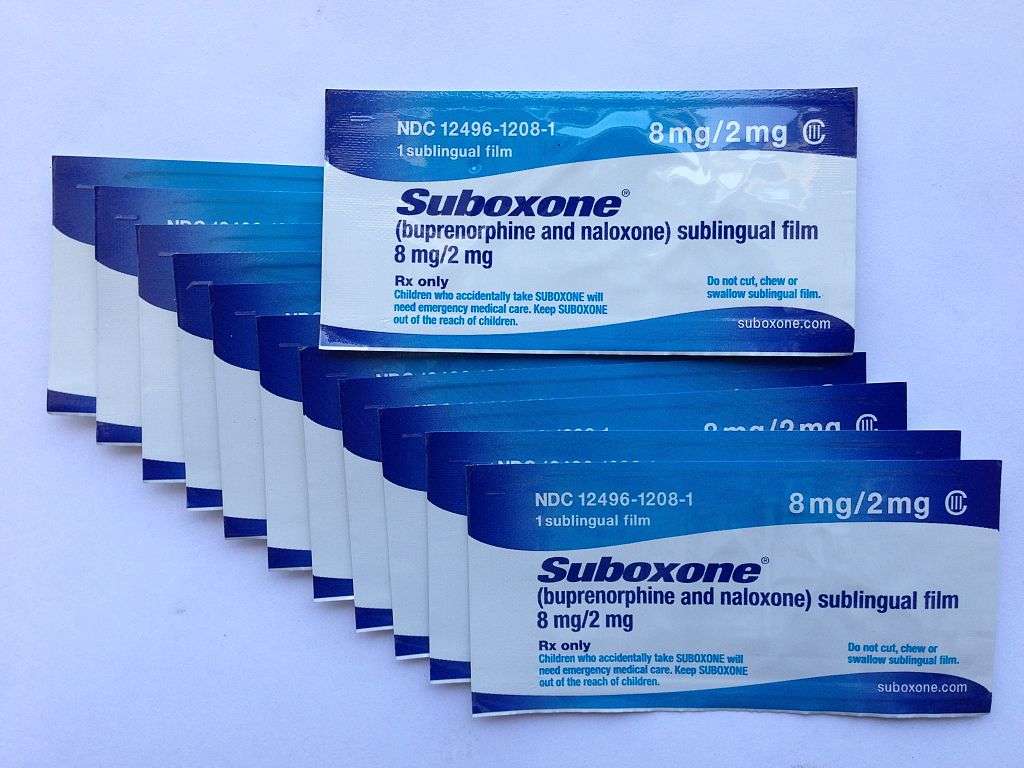Opioid addiction is prevalent in the United States. Doctors advise Suboxone in conjunction with counseling and behavioral therapy as a treatment for opioid addiction, enabling patients to recover and maintain stability.
Suboxone has many benefits, but there are certain drawbacks that must be taken into account. One such aspect is the potential impact on eyesight or vision changes.
In this post, we’ll look at Suboxone effects on eyesight and discuss preventative measures that may be taken to safeguard your eyesight and general health while using Suboxone to aid in your recovery.
What is Suboxone?
Suboxone is an FDA-approved medication used to treat opioid addiction in patients who are dependent on prescription or illegal opioids. At the core of Suboxone’s efficacy lie two potent active ingredients: buprenorphine and naloxone.
Buprenorphine
Buprenorphine, a partial opioid agonist, plays a crucial role in Suboxone’s effect. It binds to the same opioid receptors that other opioids do, but it significantly differs from them in that it only partially activates them. The result of this partial activation is an opioid effect that is less strong and better regulated. Buprenorphine does this by reducing the strong urges and withdrawal symptoms that often come with being addicted to opioids.
Naloxone
Naloxone, the second essential component, works as an antagonist to opioid receptors. The presence of it in Suboxone accomplishes two objectives by lowering the risk of abuse and overdose. When used as directed, naloxone is rendered inactive, enabling buprenorphine’s therapeutic effects. On the other hand, if Suboxone is crushed or injected, Naloxone becomes active and immediately stops the euphoric effects of other opioids.
Possible Suboxone Effects on Eyesight
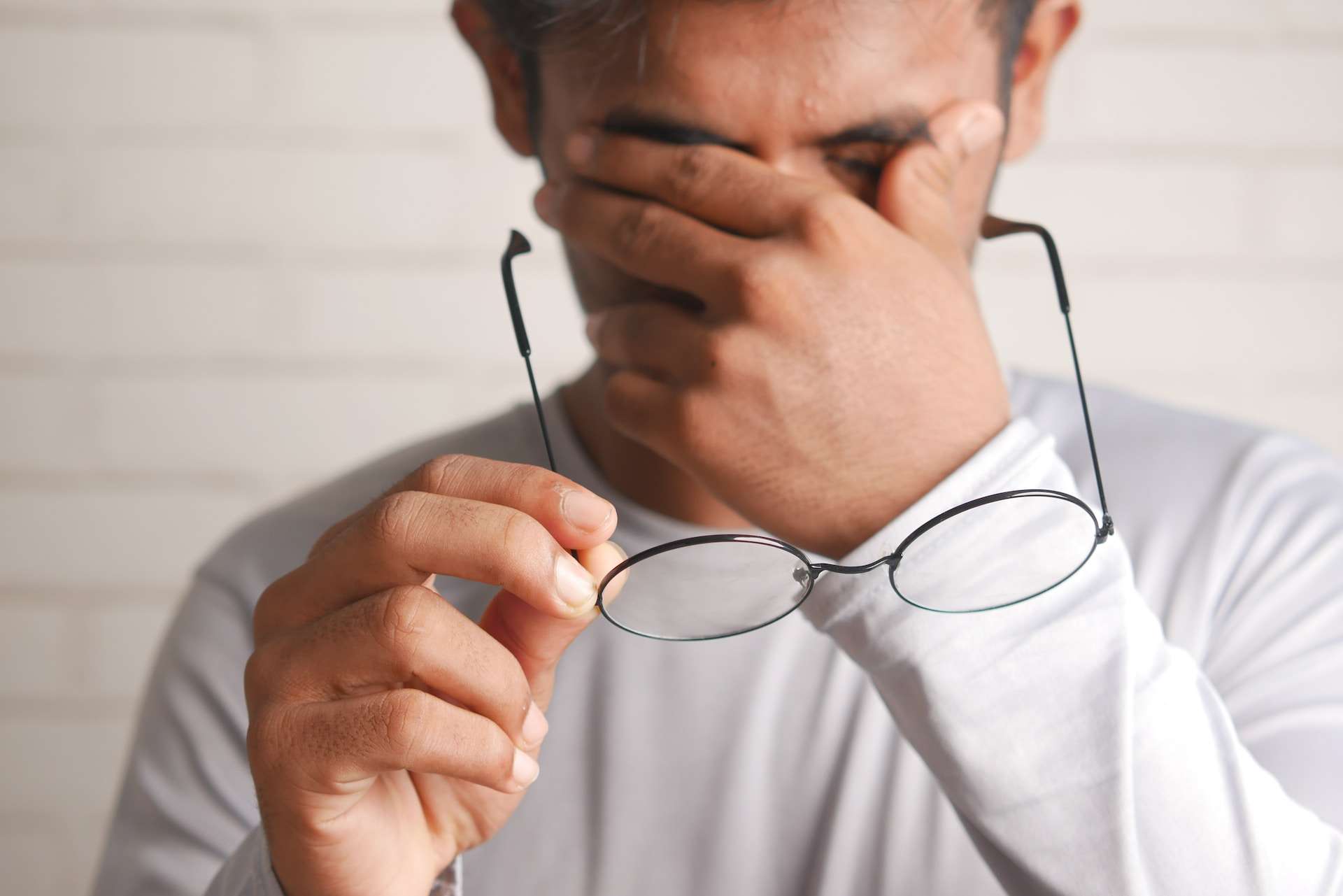

Suboxone has many benefits, but it also has certain downsides that need to be considered. While Suboxone is an effective and safe treatment for opioid addiction, it has possible side effects on the eyes. It’s important to keep in mind that not everyone who uses Suboxone will notice changes in their eyesight.
Common Suboxone Effects on Eyesight
Blurred vision and dilated pupils are common eyesight effects that Suboxone users may encounter due to one of the main ingredients, buprenorphine. After taking the medication for a few days, these adverse effects ought to disappear on their own.
Other Suboxone Serious Side Effects on Eyes
Suboxone may cause serious side effects such as jaundice (yellowing of the skin or eyes), watery eyes, sudden vision loss, tunnel vision, eye pain, swelling, or seeing halos around lights.
If you have any severe adverse effects from Suboxone, seek medical attention immediately. For further information about other Suboxone side effects, consult your doctor.
Ocular Problems in Unborn due to Buprenorphine Exposure
While more research is required, studies have found that there’s an increased risk for newborns exposed to buprenorphine in utero to develop strabismus.
Symptoms of Suboxone Overdose on Eyes
Some possible side effects could mean you’ve taken too much or a possible suboxone overdose and may require immediate medical attention, such as diminished eye sight, red eyes, and pinpoint pupils.
Factors Contributing to Suboxone Effects on Eyesight
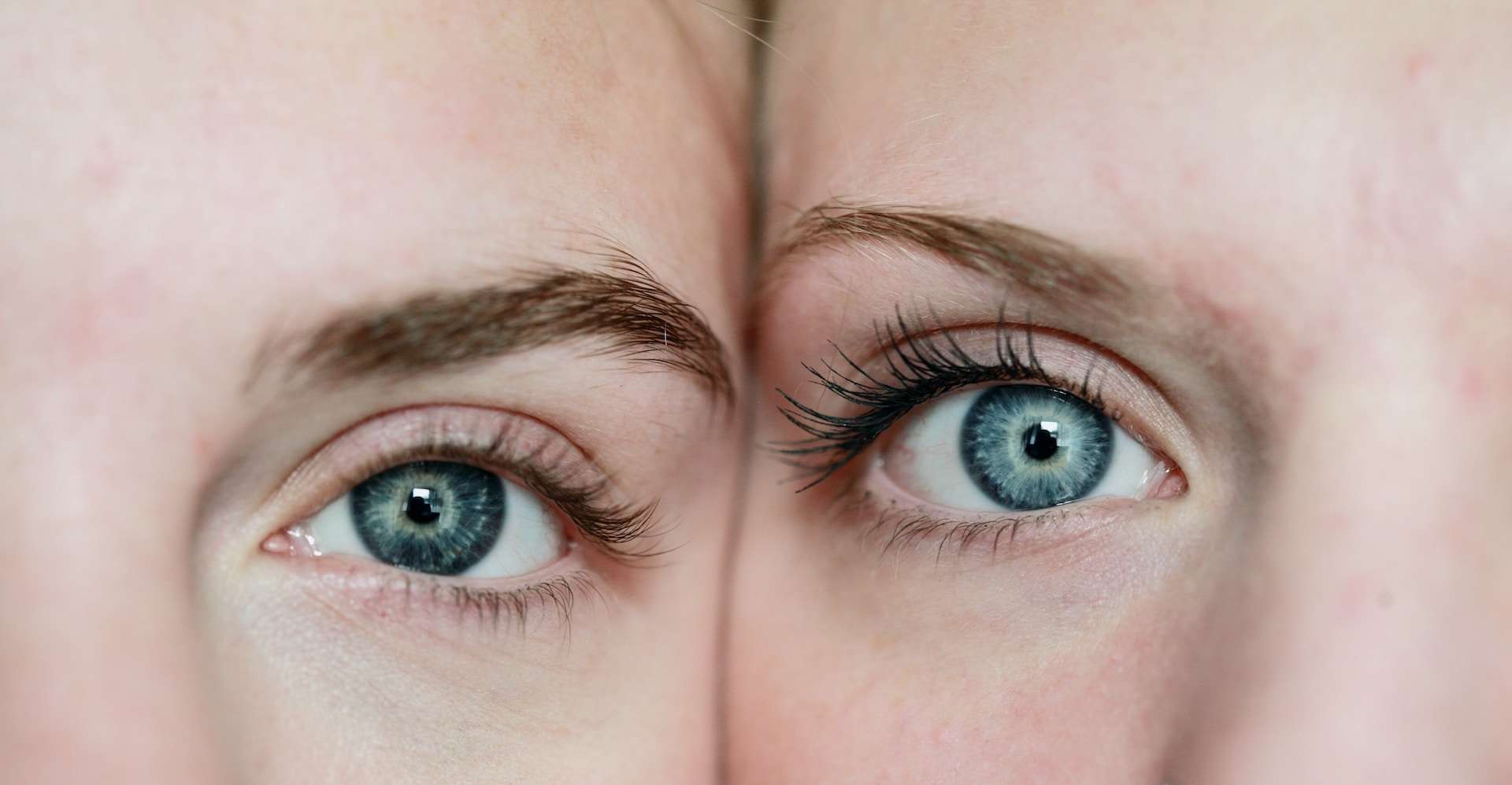

Individual Differences
Individual variations in metabolism, physiology, and general health can affect how Suboxone affects eyesight.
Metabolic Changes
Various people have different drug metabolisms depending on their age, genetics, and general health. These variations might affect how Suboxone affects their bodies.
Physiological Response
Depending on their own physiological make-up, a person’s body may react to Suboxone differently, including possibly experiencing negative effects.
Interaction with Other Medications or Substances
Interactions with other drugs or substances may have an impact on the potential effects of Suboxone on eyesight.
Polypharmacy
There is a chance that combinations between Suboxone and other drugs could intensify or lessen the effects on eyesight.
Substance Use
Substance use, including alcohol or other drugs, might interact with Suboxone and impact its effects, including those related to eyesight.
Dosage and Treatment Duration
The frequency and intensity of Suboxone effects on eye health can also depend on the dosage of Suboxone and the length of the treatment.
Dosage Adjustment
Individual reactions to Suboxone may vary depending on dosage. The probability of suffering eye-related side effects could possibly rise with higher doses.
Duration of Treatment
Any visual problems during Suboxone use may manifest and remain differently depending on how long a person has been receiving Suboxone treatment.
Interaction with Underlying Conditions
Existing medical issues may be a factor in the impact of Suboxone treatment on eyesight.
Eye Conditions
Individuals with pre-existing eye conditions or vulnerabilities might be more prone to experiencing eye disturbances.
Medical History
Some medical conditions, such as neurological disorders, may affect how Suboxone affects eyesight and how a person responds to it.
Importance of Monitoring Side Effects
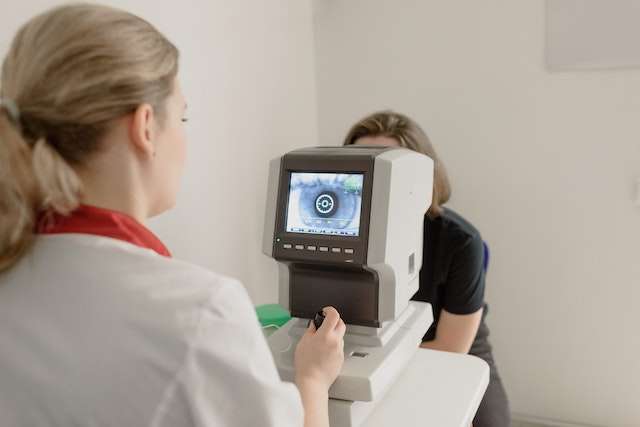

Understanding potential side effects is crucial to the route to recovery with Suboxone. By being aware of potential side effects, people can make informed choices about their course of treatment. Individuals are better equipped to work with healthcare providers and make necessary adjustments.
Establishing an open and transparent dialogue with healthcare professionals ensures that any emerging side effects are addressed promptly. Regular check-ins allow for the evaluation of treatment efficacy and the assessment of any adverse effects.
Healthcare providers can offer tailored guidance based on an individual’s unique medical history, current health status, and any existing conditions. This personalized approach enhances the overall treatment experience.
Final Thoughts on Suboxone Effects on Eyesight
Suboxone is a valuable treatment option for opioid addiction, but it’s important to be aware of any possible eye-related side effects of Suboxone. Even though not everyone will experience vision related effects, it’s nevertheless necessary to be aware of the possibilities.
Understanding these possibilities might help people identify and take care of any changes in their visual health they might have while receiving Suboxone treatment.
Knowledge about the potential ocular side effects of Suboxone can alleviate undue anxiety or stress that might arise from unexpected symptoms. This understanding enables individuals to differentiate between normal responses and potential side effects
People can get through the complicated world of Suboxone therapy while keeping their eyesight and overall health in mind by being aware, staying in touch with their healthcare providers, and keeping the lines of communication open.
Do you want to know more? Read more relevant articles: How Suboxone Can Help with Anxiety Disorder and Opioid Addiction
National Addiction Specialists is here to help if you are struggling with opioid addiction and need support. You can use your phone, tablet, or computer to chat and converse with a doctor in the comfort of your own home. You’ll receive your individualized treatment plan and continue to receive telemedicine care until you reach full recovery.
Contacting us will help you take steps to beat your opioid addiction.
Sources
https://pubmed.ncbi.nlm.nih.gov/2243541/
https://www.tandfonline.com/doi/abs/10.1080/14659891.2021.1879293
https://www.buzzrx.com/suboxone-coupon/side-effects
https://www.mayoclinic.org/drugs-supplements/buprenorphine-injection-route/side-effects/drg-20073977
https://www.narconon.org/drug-abuse/signs-symptoms-suboxone.html
https://www.nationaldrugscreening.com/blogs/what-is-suboxone/


